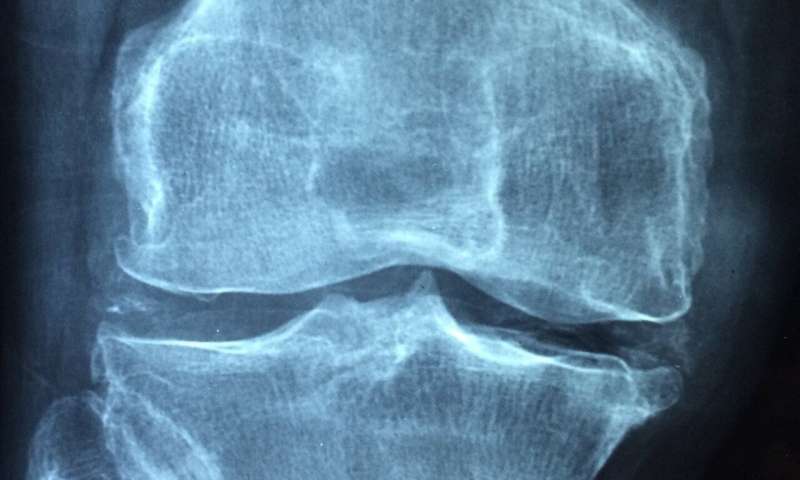
A new study, published today in Scientific Reports, highlights that thermal imaging has the potential to become an important method to assess Rheumatoid Arthritis.
Results of the study, carried out with 82 participants, confirm that both palm and finger temperature increase significantly in patients with Rheumatoid Arthritis (RA).
RA patients were examined by two rheumatologists. A subset of these participants underwent diagnostic ultrasonography by a trained rheumatologist in order to ensure that the recruited participants had no active signs of synovitis in their hands and wrists.
Dr. Alfred Gatt, from the University of Malta and a Visiting Fellow at Staffordshire University, was lead author of the report. He explained “We used Flir T630 therma camera and followed the guidelines of the American Thermology Association.
“The results of our study show that the two probability curves intersect at 31.5 for palm temperatures, indicating that individuals whose palm temperatures is less than 31.5 per cent are more likely to be healthy; while those persons whose palm temperature is less than 31.5 are more likely to have Rheumatoid Arthritis. Similarly, for finger temperatures, the two probability curves intersect at 30.3 per cent.”
“While ultrasonography had not detected any significant changes in our study population, thermography flagged a possible ongoing disease process by reporting these higher temperatures”.
“We hypothesise that this temperature difference may be attributed to underlying subclinical disease activity or else that the original inflammatory process may cause irreversible thermal changes that persist after the disease activity has resolved. We will need further studies to substantiate this.”
Dr. Gatt added: “Thermal imaging is an emerging technology within medicine and has the potential to become an important clinical tool as disease processes can vary the magnitude and pattern of emitted heat in a person with Rheumatoid Arthritis.”
Associate Professor Cynthia Formosa, also from the University of Malta and Visiting Fellow at Staffordshire University, said: “This is the first study to explore thermographic patterns of patients with Rheumatoid Arthritis comparing them to healthy controls. Our results have clearly shown that an RA hand without active synovitis [the medical term for inflammation of the synovial membrane] exhibits higher temperatures when compared to healthy individuals.”
Professor Nachi Chockalingam, Director of Centre for Biomechanics and Rehabilitation Technologies at Staffordshire University co-authored the study. He added: “Rheumatoid Arthritis affects more than 400,000 adults in the UK which can lead to deformity, disability and cardio-vascular problems. Timely detection of ongoing synovitis in RA is of paramount important to help enable tight disease control. However we know RA can be difficult to diagnose.”
“This work showcases our successful collaboration with colleagues in Malta and the potential thermal imaging has in helping practitioners to assess the disease. In addition to making some seminal scientific contributions, our collaborative research work informs our curriculum development and teaching.”
Staffordshire University

